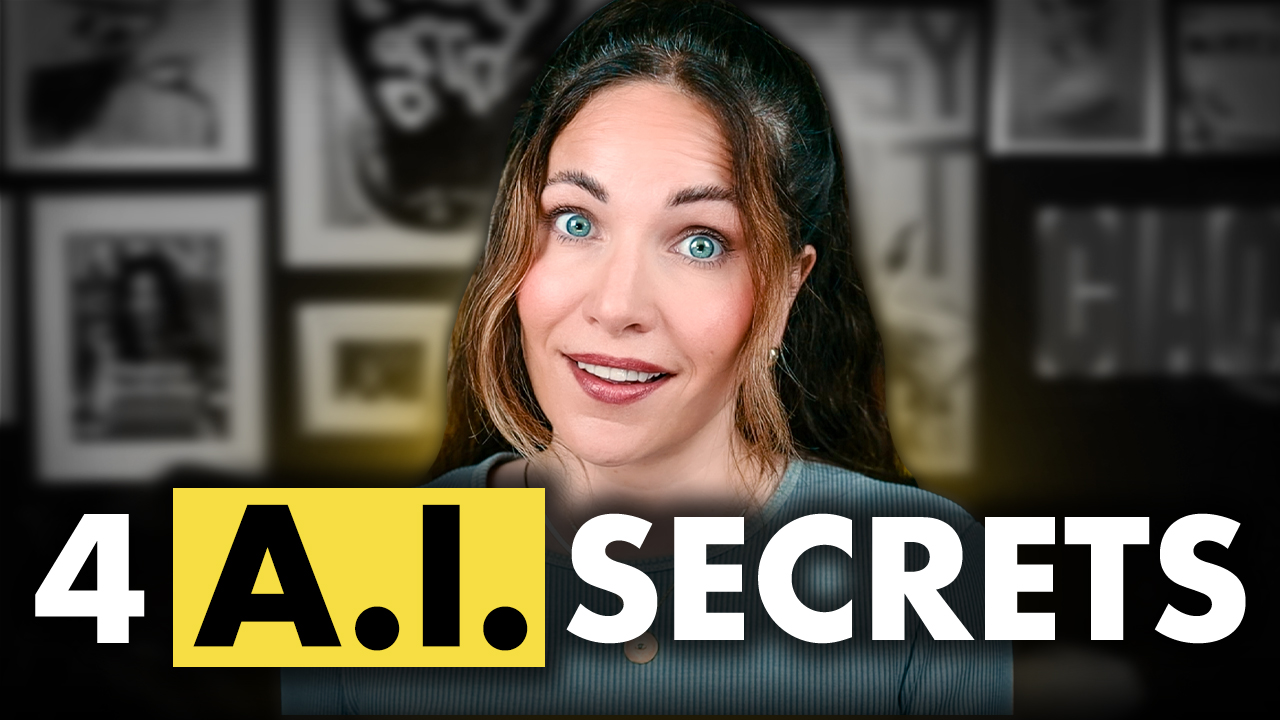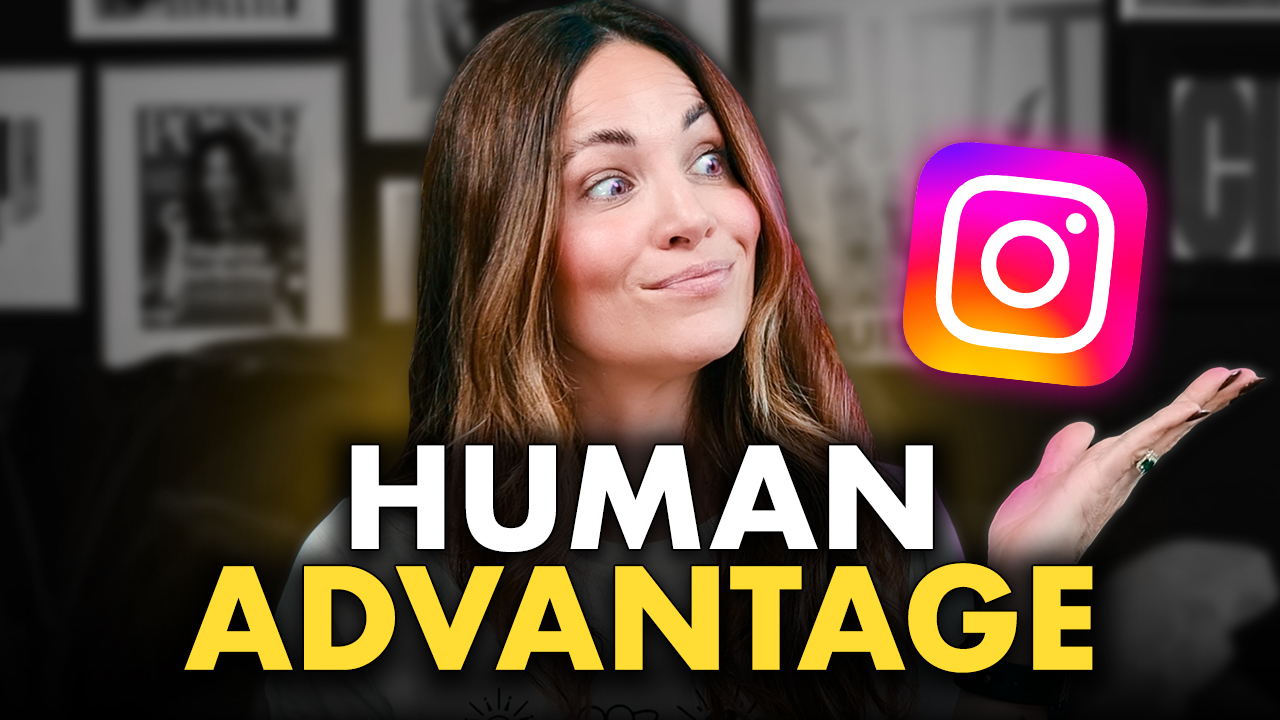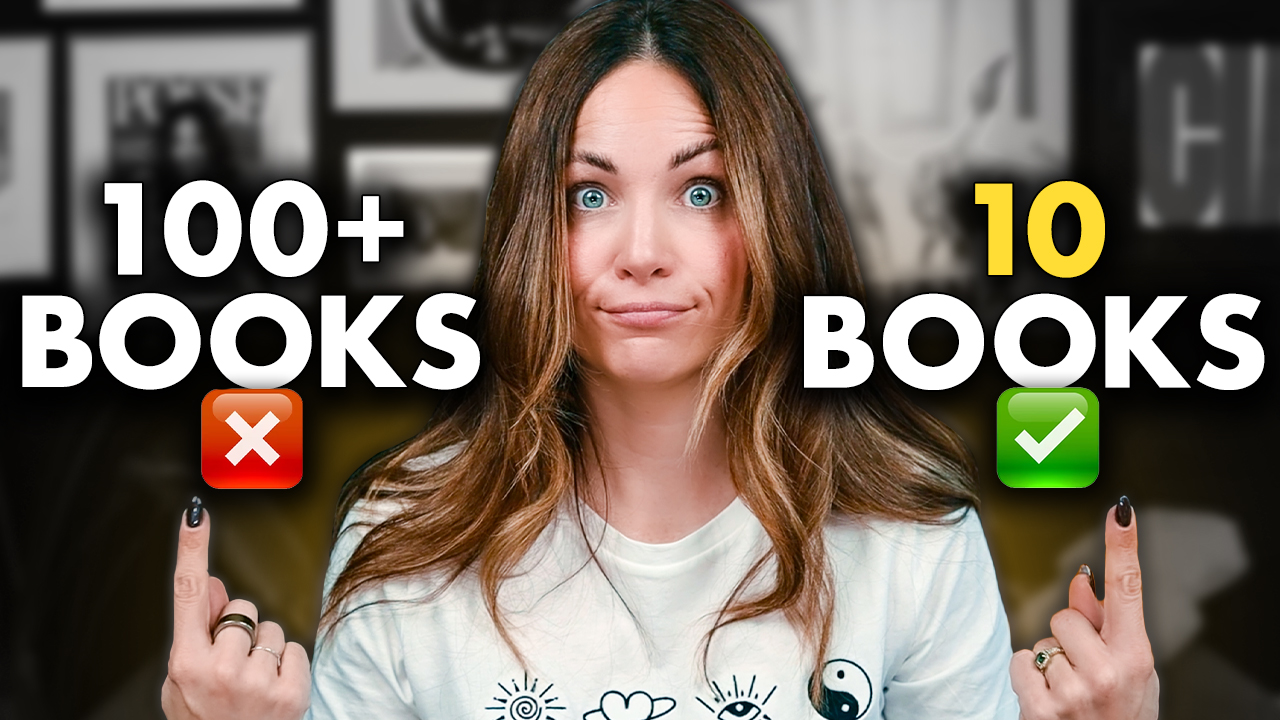Want to show off your work, impress prospective clients, and blow your competition out of the water?
Keep reading to learn my fail-proof, 9-step formula for writing the perfect case study…
Hey, Posse! What’s up? It’s Alex.
If you’re new to the crew – welcome!
This blog is here to teach you the ins and outs of all things online marketing (plus I’ve got a little surprise for you at the end!)
From learning how to write better social media captions…
- To crafting emails that generate mad clicks and serious sales…
- To mastering the key components of an effective sales funnel…
- And everything in between.
So if you’re looking to learn more about copywriting and online marketing this year, then join my newsletter to get my next tutorial.
Now, it goes without saying that learning how to write powerful and compelling case studies is an invaluable skill for all copywriters.
Case studies can take the form of emails you send to your list, articles on your blog or even stories on a sales page or website.
Not only does it help you land better, higher-paying clients by showcasing case studies and the amazing results you’ve gotten for YOUR clients…
But it also helps you land more clients who are looking to hire a copywriter to create strong case studies from THEM and THEIR business!
Before we dive into the 9-part formula, let’s quickly touch on WHAT a case study actually is and how it differs from a client testimonial…
What is a Case Study?
A case study is a compelling story-based article that showcases how you solved a specific problem for your customer. A well-written case study will be engaging. It will take your reader on a journey – with a beginning, middle, and end.
Whereas a testimonial is a simple word-for-word review of your product or service that comes from a satisfied customer.
Now testimonials are great – and even necessary – to showcase authority and social proof in your business, but they’re not as powerful, or as effective, in closing sales as case studies.
And that’s because when done correctly – case studies are more about the client’s journey and transformation rather than just you saying, “Hey look how awesome MY product is and how great MY service is…”
When the story is about someone else – and what they actually went through—it’s more relatable. It’s more authentic. And it’s more effective.
So with all that said, let’s get into my 9-step formula for crafting the perfect case study…
#1 – Interview the Client
Yes, I said INTERVIEW.
- ❌ Not – Send them a survey.
- ❌ Not – Ask them to leave a “detailed review”.
- ❌ Not – “Please write about your experience”.
If you want to get the type of juicy takeaways and information that will turn into a great case study…
Then you really do need to interview them. Why?
Because this allows you to dig a little deeper by asking:
- “Tell me more about that…”
- “How did you feel when that happened?”
- “Where were you before you decided to start working with me”
For example, I just found out that one of my Reign Makers used to be a garbage man! He never mentioned that in a testimonial before, because, well, it didn’t seem relevant.
But just imagine the amazing story I can tell about how he went from hauling trash to hauling in thousands of dollars a month writing for 8-figure entrepreneurs while spending time with his family and traveling the world?
Yeah…
One thing you NEED to make sure you avoid doing during your interview is asking yes/no questions! You want to focus on open-ended questions that allow your client to really share their story.
You want to dig into what they were feeling/experiencing BEFORE your product or service and what they felt/experienced DURING the process…
And finally, what they felt/experienced AFTER your product or service, including the specific results they got.
Your job is simply to listen to them and ask questions that pull out great stories and specific details.
Pro tip: Record this call (with permission, of course) to save you from hurriedly jotting down notes or trying to remember every little detail.
And once you have your interview out of the way – you’re ready for the fun part – writing your case study. Which of course, starts with…
#2 – Benefit-Focused Headline
Just like anything else you write – crafting a powerful hook and headline is the most important part of the entire piece. It’s the first thing your readers see and is the single determining factor on whether or not someone reads the rest…
So you want to make sure your headline is strong enough to capture your audience’s attention and draw them in to keep reading.
Great case study headlines are often very benefit-driven – this isn’t the time or place to open a mysterious loop or spark controversy…
Instead, you really want to focus on the ONE specific benefit or transformation this particular client achieved. And if you can – including exact numbers or statistics in your headline is a BIG BONUS.
For example – From Trash To CASH: How A Former Garbage Man Built A 6-Figure Copywriting Business.
Alright, next up…
#3 – Introduce The Customer
Okay, now once you’ve hooked your reader’s attention, the next thing your case study needs to do is introduce the client you’re featuring – remember, this is about THEM, not you.
You want to keep this section relatively short – there’s no reason to tell their whole life story here. Just cover things like:
- Who they are
- What they do
- And how they do it
Once your readers have a general idea of the person and/or company you’re talking about, you can introduce…
#4 – The Before
Nothing beats a good before/after story!
So, you want to start by identifying the ONE big pain point that ultimately led them to you and your product or service.
This is the aggravating, uncomfortable or dissatisfying status quo that drove them to seek a solution.
Then you can go deeper into the challenges, struggles and fears this caused for your client – and THIS is where your storytelling can really come to life.
You want the reader to relate to this story on an emotional level – so it’s important you don’t just list out a bunch of facts and statistics – you want to go into how this actually affected them.
Remember, facts tell and stories sell.
#5 – The Smart Decision
Next, you want to highlight what was going on in your client’s life the moments right before they made the decision to work with you.
What was the straw that broke the camel’s back? What was the moment of truth where they said, “Ok, enough is enough! I need support here.”
Understanding your client’s state of mind directly before they purchased from or hired you will give you such invaluable insight into the REAL reasons they said yes.
Of course, this is when you can very naturally pivot to your exact product or solution that helped this particular client or customer.
Now, the goal here is NOT to start pitching or trying to sell your product – like you would on a sales page…
You want to keep it conversational.
Next, you want to find out specific reasons…
#6 – Why They Chose You
And more importantly, what other solutions they’ve tried in the past that DIDN’T work…
And WHY they chose you over your competitors.
This is powerful positioning where you can highlight your USP or why you’re better/faster/different from the other guys. And the best part is, it’s not you talking about it.
It’s all coming from the perspective of your client. In THEIR own words.
#7 – The Transformation
Now is where you can go into detail and explain the transformation – from start to finish.
You want to continue to take your reader on a journey – so you really want to paint an accurate picture of what the process of working with you looked (and felt) like for your client.
This is another place where you can tap into some great storytelling techniques…
Remember: Almost nothing goes 100% smoothly. The road to success can be bumpy – and that’s a good thing! Make sure to include all the low points and bumps they encountered along the way… along with the triumphs and wins.
This increases your believability and trust with the reader…
#8 – The After
And this is where you FINALLY get to show-off the amazing results your customer received!
But more than simply saying something generic like, “Her life was never the same again!”
You ideally want to include tangible results and examples – as much as possible SHOW the transformation your customer received.
And remember – Be as specific as possible.
#9 – End With A Powerful Call-to-Action
And of course – you always want to end with a CTA for your reader to follow. Maybe that’s hopping on a call with you, or submitting an inquiry form, or maybe it’s simply clicking on a link to learn more about working with you…
Whatever it is, make sure you tell your reader EXACTLY what to do next.
Alright, Posse. There you have it, 9-steps to writing the PERFECT case study.
Leave me a comment below if you found this one helpful.
And since you’re still reading…
Here’s a little gift from me: My Confident Copywriter Roadmap! Read this guide to learn what it takes to build a freelance copywriting business – from scratch.
And until next time, I’m Alex – ciao for now!


